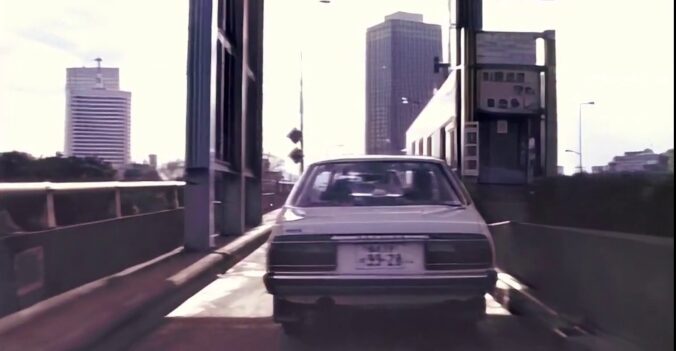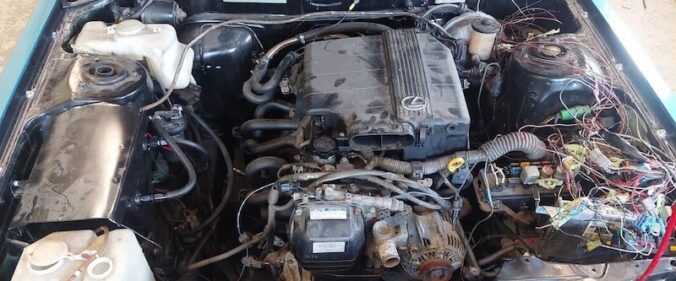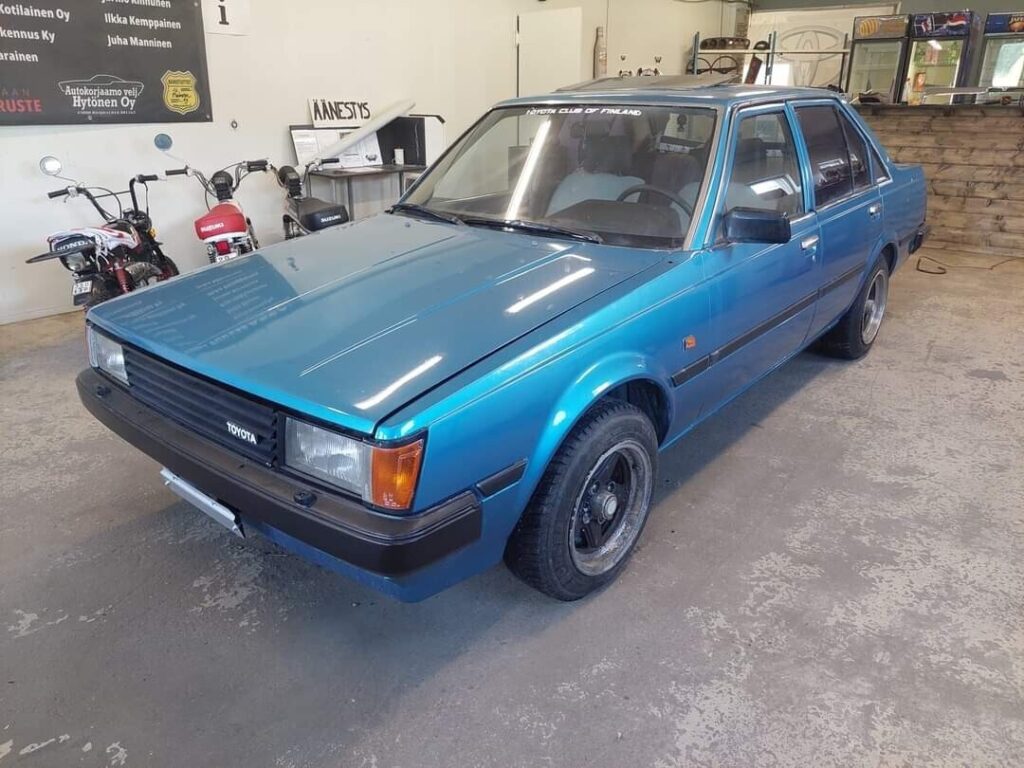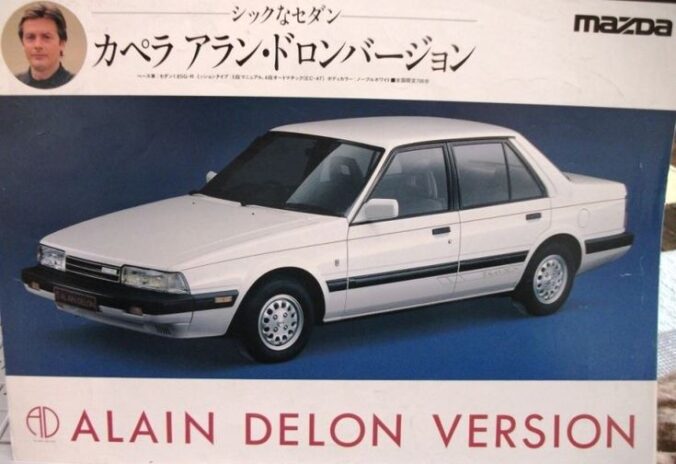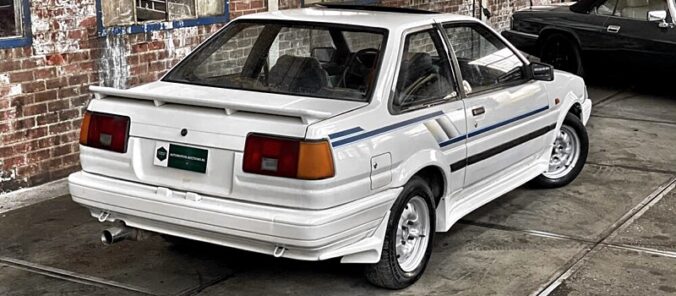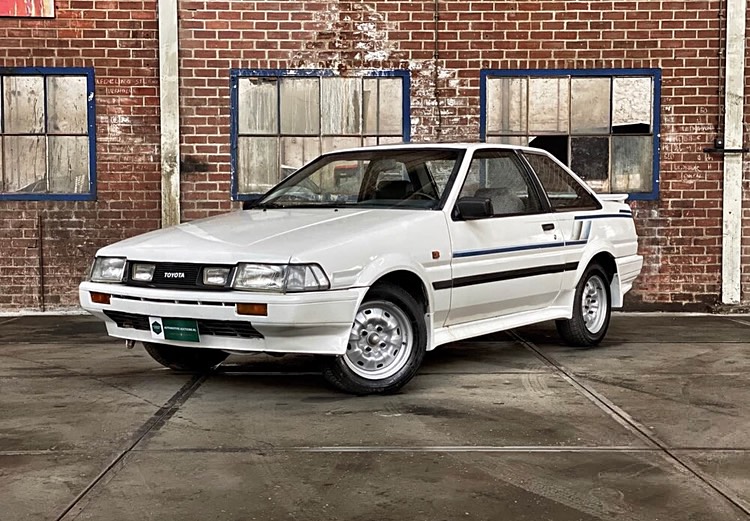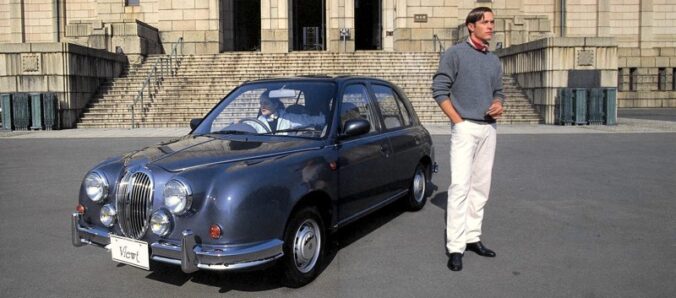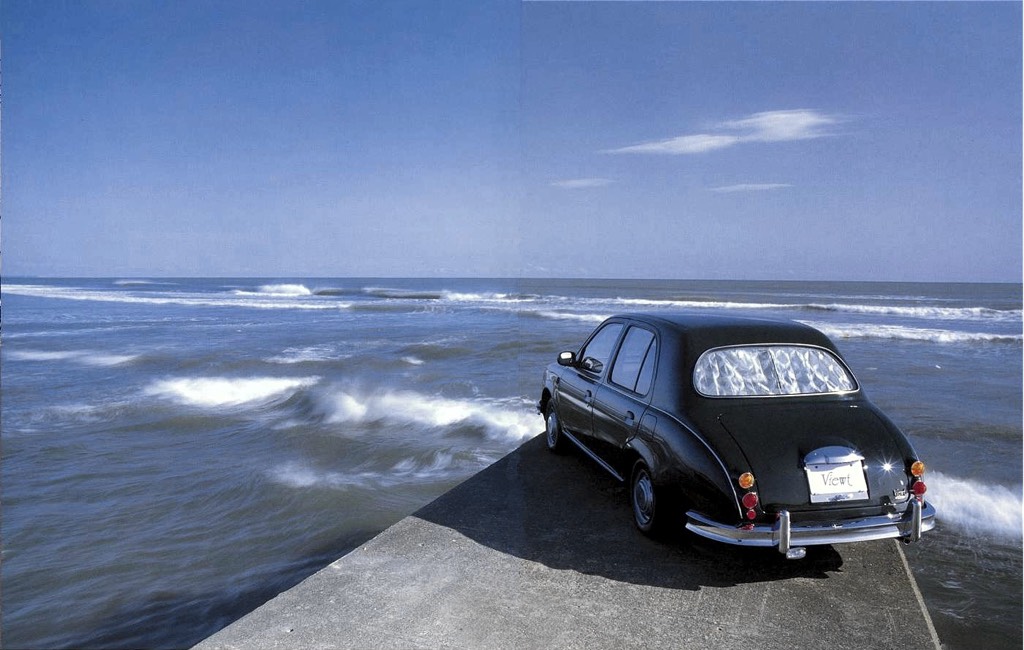My favourite Showa-nostalgic Youtube channel Kamepo posted another video: the two-kilometer-long Tokyo Expressway KK-line. The Tokyo Expressway has a rich history and already dates back to 1951 when the first plans were drawn up. In 1959 the first section opened up and it was fully opened up in 1966.
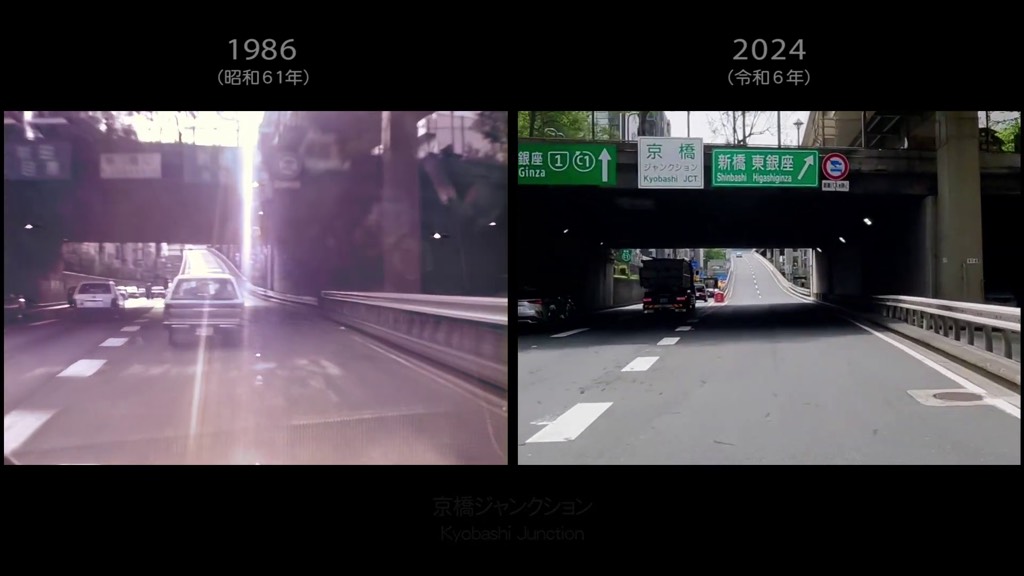
Kamepo describes in the video that most of the expressway is built on top of commercial buildings or that the commercial buildings have been built underneath it. The 1960s were definitely strange times!
Highlights
As this section of road is only 2 kilometres in length, there aren’t that many cars to spot. Unlike my usual spotting, I have also included some cars from the opposite lane. I normally omit to spot these because they are very difficult and hard to distinguish as the frames get very blurry.
Yet still I managed to find a couple of highlights: a diesel powered Nissan Cedric or Gloria 430 wagon, a Nissan Cedric Y30 taxi, a duo of Toyota Carina A60s, a Honda N-WGN and a Nissan Skyline Ti C210/C211.
Continue reading